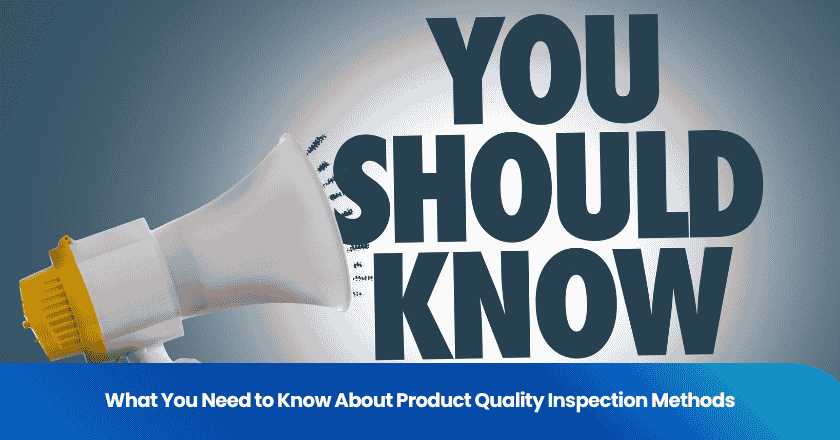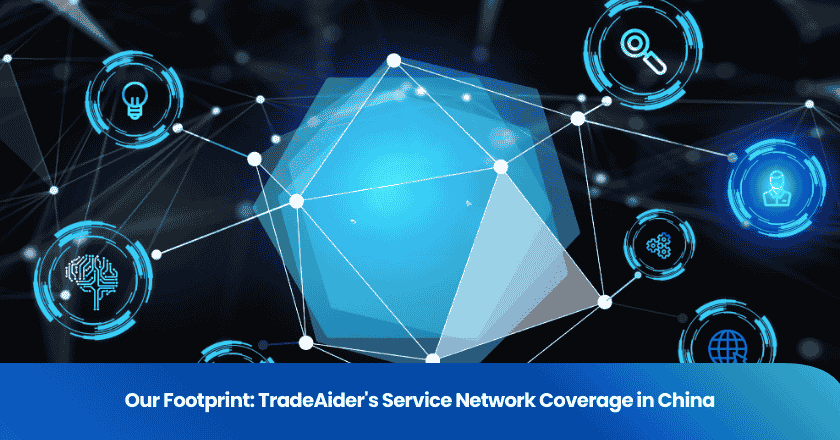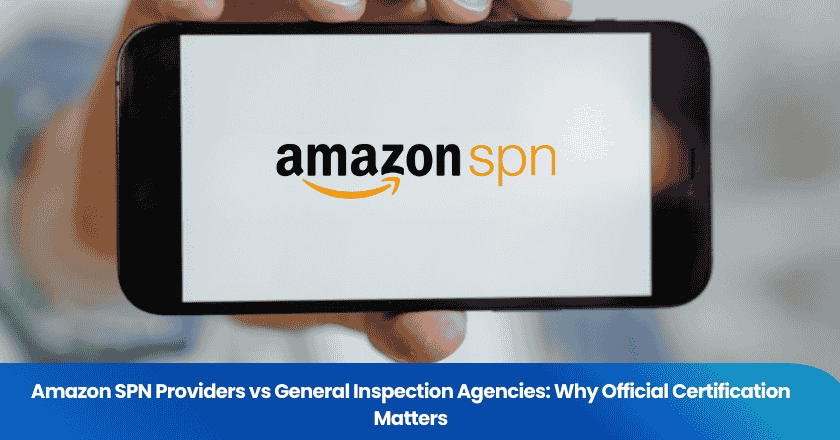
Product quality inspection helps you verify the quality of goods throughout manufacturing and supply chains. You can choose from several inspection types, including Pre-Production, During Production, Pre-Shipment, Final Random, Container Loading, and Sort Inspection. These methods protect your business from costly mistakes and ensure that products meet standards before reaching customers.
Key Takeaways
- Understand the different types of quality inspections to choose the right method for each production stage.
- Implement pre-production inspections to catch issues early, reducing defects and compliance failures.
- Conduct during production inspections to maintain consistency and protect your brand reputation.
- Utilize pre-shipment inspections to verify product quality before shipping, minimizing returns and disputes.
- Establish clear quality goals to guide your inspection methods and ensure effective quality control.
Types of Quality Inspection
Quality inspection plays a critical role in maintaining product standards and protecting your business interests. Different types of quality inspections exist because each stage of production presents unique risks and challenges. By understanding the types of quality inspection available, you can select the most effective method for your needs.
Tip: Choosing the right inspection method at each stage helps you prevent costly errors and ensures consistent product quality.
Pre-Production Inspection
Pre-production inspection takes place before manufacturing begins. You use this method to confirm that the factory is ready and that raw materials and equipment meet your requirements. This step is essential for catching issues early and ensuring compliance with standards.
- Early detection of quality problems prevents defects and non-compliance.
- You verify that materials and components meet quality standards.
- Compliance with regulations helps maintain product quality.
Effective pre-production inspection can reduce production defects by up to 30%. When you address problems before production starts, you minimize delays and avoid unnecessary costs.
During Production Inspection
During production inspection occurs while manufacturing is underway, typically when 20% to 80% of goods are produced. You use this inspection to catch defects early and maintain consistency across all units.
- Early detection of defects allows for timely corrections, reducing costs associated with rework.
- You save materials and labor by reducing waste.
- Consistency across all units protects your brand reputation.
- Enhanced customer satisfaction results from delivering quality products.
Common checkpoints during production inspection include:
1. Production organization and status: Quantities of semi-finished, finished, and packed products, estimated capacity, predicted completion date.
2. Product specifications: Colors, style, construction, artwork, labels, product dimensions.
3. Quality and workmanship verification.
4. Packing and packaging: Unit packing, inner and outer packing, carton dimensions, shipping marks.
A case study showed that implementing during production inspection reduced defect rates by 25% in electronic components.
Pre-Shipment Inspection
Pre-shipment inspection is conducted after production is complete and goods are packaged. You use random sampling to verify quality before shipment, providing a final opportunity to address issues.
A pre-shipment inspection assesses functionality and appearance. Common reasons for failure include:
- Functional failures, such as electronic devices not working.
- Serious cosmetic damage, including cracks or discoloration.
- Missing or incorrect parts.
- Non-compliance with safety standards.
Quality-related defects are a leading cause of customer complaints and product returns. Pre-shipment inspection helps you identify these defects before shipping, saving money by preventing costly returns and disputes. Addressing packaging defects and compliance failures streamlines logistics and boosts buyer confidence.
Final Random Inspection
Final random inspection serves as a crucial checkpoint before products are shipped. You randomly select samples from finished goods to identify quality issues that may have been missed earlier.
- This inspection reduces the risk of customer dissatisfaction.
- It ensures product consistency by catching overlooked manufacturing defects.
- You protect your brand reputation by preventing defective or unsafe products from reaching the market.
Final random inspection is widely used across industries such as electronics, textiles, and consumer goods. It helps ensure that products meet required standards before shipment.
Container Loading Inspection
Container loading supervision, also known as loading inspection, ensures that goods are handled correctly and safely during the loading process. You use this inspection to minimize damage or theft and confirm proper handling.
The main steps involved in loading inspection include:
1. Arrival at the loading facility: Inspectors review shipping documents and instructions.
2. Container inspection: Inspectors check for damage and cleanliness.
3. Product verification: Cross-checking products against shipping documents.
4. Product packaging checks: Verifying packaging standards to prevent damage.
5. Proper loading techniques: Monitoring secure stacking and immobilization.
6. Sealing and documentation: Overseeing container sealing and documentation.
Container loading supervision helps prevent shipping errors and ensures that products arrive safely at their destination.
Sort Inspection
Sort inspection involves checking 100% of products for defects after issues are discovered in a shipment. You use this method to remove defective items before they reach customers, protecting your brand reputation.
Sort inspection decreases defect rates and improves product quality and customer satisfaction. In industries like food, these systems identify contaminants or packaging errors that could compromise safety. The binning and sorting process generates valuable data, helping you optimize production and maximize manufacturing efficiency.
Note: By leveraging sort inspection data, you can improve product reliability, reduce waste, and maintain strict quality standards.
Comparison of Types of Quality Inspection
| Inspection Method | Description | Purpose |
|---|---|---|
| Pre-Production Inspection | Conducted before production starts to confirm factory readiness and check raw materials and equipment. | Ensures quality and readiness before production begins. |
| During Production Inspection | Conducted while production is ongoing, typically when 20%-80% of goods are produced. | Catches defects early to minimize delays and ensure quality. |
| Pre-Shipment Inspection | Conducted after production is complete and goods are packaged, using random sampling for quality checks. | Verifies quality before goods are shipped to prevent defects from reaching customers. |
| Loading Inspection | Checks the loading process to ensure goods are handled correctly and safely into shipping containers. | Minimizes damage or theft during loading and ensures proper handling. |
| Sort Inspection | Involves checking 100% of products for defects after issues are discovered in a shipment. | Ensures defective items are removed before reaching customers, protecting brand reputation. |
Product Quality Inspection Process
A structured product quality inspection process ensures reliable results and protects your business from costly mistakes. You follow three main steps: planning, execution, and reporting. Each step plays a vital role in maintaining high standards and effective quality control procedures.
Planning
You begin by setting clear objectives for your quality inspection. Defining specific, measurable, achievable, relevant, and time-bound standards helps you focus on what matters most. Creating an efficient checklist for quality assurance checks ensures you evaluate every aspect of product quality. Training your team for consistency builds a strong foundation for quality control. Automation streamlines checks and reduces human error, making your process more efficient.
Tip: Early detection reduces scrap and rework, preventing downstream issues and lowering the total cost of quality.
Execution
During execution, you apply quality control procedures using a combination of tools and technologies. Quality management software tracks metrics and workflows, while statistical tools analyze data for improvement. Collaborative platforms facilitate communication and document sharing among team members. You inspect products, record findings, and address any issues immediately. This phase serves as the final gate before mass production, where you review inspection reports for completeness and accuracy.
Reporting
You communicate inspection results through detailed test reports. These reports align all stakeholders, including developers and project managers, on the outcomes. Automated reporting transforms inspection data into user-friendly dashboards and professional documents. Stakeholders access real-time quality control metrics and inspection results in formats such as Excel, PDF, or business intelligence tools. Comprehensive reporting supports impactful communication and provides evidence of thorough quality control.
Note: Following a structured process based on standards like ISO 9001:2015, ANSI/ASQ Z1.4, and FDA 21 CFR Part 11 ensures process capability, product conformity, and secure records.
Uses of Quality Inspection
Risk Reduction
You rely on quality inspection services to reduce risks throughout your supply chain. By identifying quality issues early, you prevent costly production failures and avoid reputational damage. Quality inspection helps you minimize disruptions and delays by catching problems before they escalate.
- Reduces costs and reputational damage from production failings
- Prevents delays in production by identifying issues early
- Minimizes disruption in the supply chain
- Ensures compliance with quality and safety standards
You can use several proven methods to manage risk. For example, Statistical Process Control (SPC) allows you to monitor and refine processes in real time, reducing waste and ensuring consistency. Failure Mode and Effects Analysis (FMEA) helps you identify potential design or manufacturing problems before they cause failures. Quality standards require you to maintain product traceability and risk controls for safety and reliability.
Compliance
You must meet strict regulations and standards in global markets. Quality inspection services systematically evaluate your products, services, or processes to ensure they meet specific requirements. You conduct inspections at every stage, from raw materials to finished goods, to identify defects and inconsistencies. This approach supports product compliance and demonstrates adherence to standards such as ISO 9001 during audits.
1. Quality assurance ensures your products consistently meet customer expectations.
2. Risk mitigation identifies defects early, reducing costly recalls and rework.
3. Compliance demonstrates your commitment to international standards and regulatory requirements.
You can use a quality checklist to document each step and provide evidence of compliance during inspections.
Customer Satisfaction
You build trust with your customers by delivering products that meet their expectations. Quality inspection services help you maintain high quality and reduce the risk of complaints or returns. For example, a pre-shipment inspection verifies that your products meet specifications before shipping, reducing the chance of quality issues or fraud. During production inspection allows you to catch problems early, while container loading inspection ensures your goods arrive safely and in good condition.
Tip: Consistent quality control leads to higher customer satisfaction and repeat business.
You can apply product quality inspection at multiple points to ensure your products meet both regulatory and customer standards. This approach protects your reputation and supports long-term business growth.
Choosing Types of Quality Inspections
Production Stage
You should align your inspection method with the stage of production. Each phase presents unique risks and opportunities for quality improvement. Selecting the right type of quality inspection at the correct time helps you catch issues early and maintain high standards.
The table below outlines which inspection fits each production stage and its main purpose:
| Type of Inspection | Purpose |
|---|---|
| Pre-Production Inspection (PPI) | Assesses quality and quantity of raw materials before production begins. |
| During Production Inspection (DPI) | Checks for quality deviations while production is in progress, typically when 10-15% is complete. |
| Pre-Shipment Inspection (PSI) | Confirms products meet specifications before shipment, usually when 80% of goods are packed. |
| Container Loading/Unloading Supervision | Ensures products are handled correctly during loading/unloading, verifying quantities and conditions. |
By matching the inspection type to the production stage, you can address potential problems before they impact your final product.
Quality Goals
You need to define your quality goals before choosing an inspection method. If your goal is to prevent defects from the start, focus on pre-production inspection. For ongoing consistency, use during production inspection. If you want to ensure only compliant products reach your customers, prioritize pre-shipment or final random inspection. Clear quality goals help you select the most effective quality control strategy and allocate resources efficiently.
Tip: Set measurable quality targets, such as defect rates or compliance percentages, to track your progress and adjust your inspection plan as needed.
Practical Tips
To match inspection methods to your specific needs, consider these best practices:
1. Implement incoming inspection software to streamline procedures and automate checklists.
2. Collaborate with suppliers by establishing quality agreements and sharing inspection results.
3. Use standard operating procedures (SOPs) to ensure consistent inspection processes.
4. Maintain detailed documentation and traceability of inspections to hold suppliers accountable.
These steps help you build a robust product quality inspection system that supports your business objectives and ensures reliable quality outcomes.
Understanding the different types of product quality inspection gives you the tools to protect your business interests and maintain high standards. You prevent costly mistakes, enhance brand reputation, and build consumer trust. Systematic inspections help you identify defects early, minimize returns, and ensure customer satisfaction. Consistent quality control leads to higher revenue, sustained growth, and a competitive edge. Evaluate your needs and consult experts to select the best inspection methods for your operations.
- Prevent costly mistakes and legal issues
- Enhance brand reputation and foster consumer trust
- Identify defects early and minimize returns
- Support sustained business growth
FAQ
What is the difference between pre-production and pre-shipment inspection?
Pre-production inspection checks raw materials and factory readiness before manufacturing starts. Pre-shipment inspection verifies product quality and packaging after production finishes, just before shipping.

How often should you conduct quality inspections?
You should schedule inspections at critical stages: before production, during production, and before shipment. Regular inspections help you catch defects early and maintain consistent product quality.
Can you use multiple inspection methods for one order?
You can combine inspection methods for one order. Using several types increases your chances of detecting defects and ensures products meet your quality standards.
What happens if products fail an inspection?
If products fail an inspection, you can request corrective actions from your supplier. You may also choose to re-inspect the goods after issues are resolved.
Why is documentation important in quality inspection?
Documentation provides evidence of inspection results. You use records to track issues, support compliance, and communicate findings with suppliers and stakeholders.
Grow your business with TradeAider Service
Click the button below to directly enter the TradeAider Service System. The simple steps from booking and payment to receiving reports are easy to operate.



 vs. During Production Inspection (DPI) Which Do Sellers Need.png)